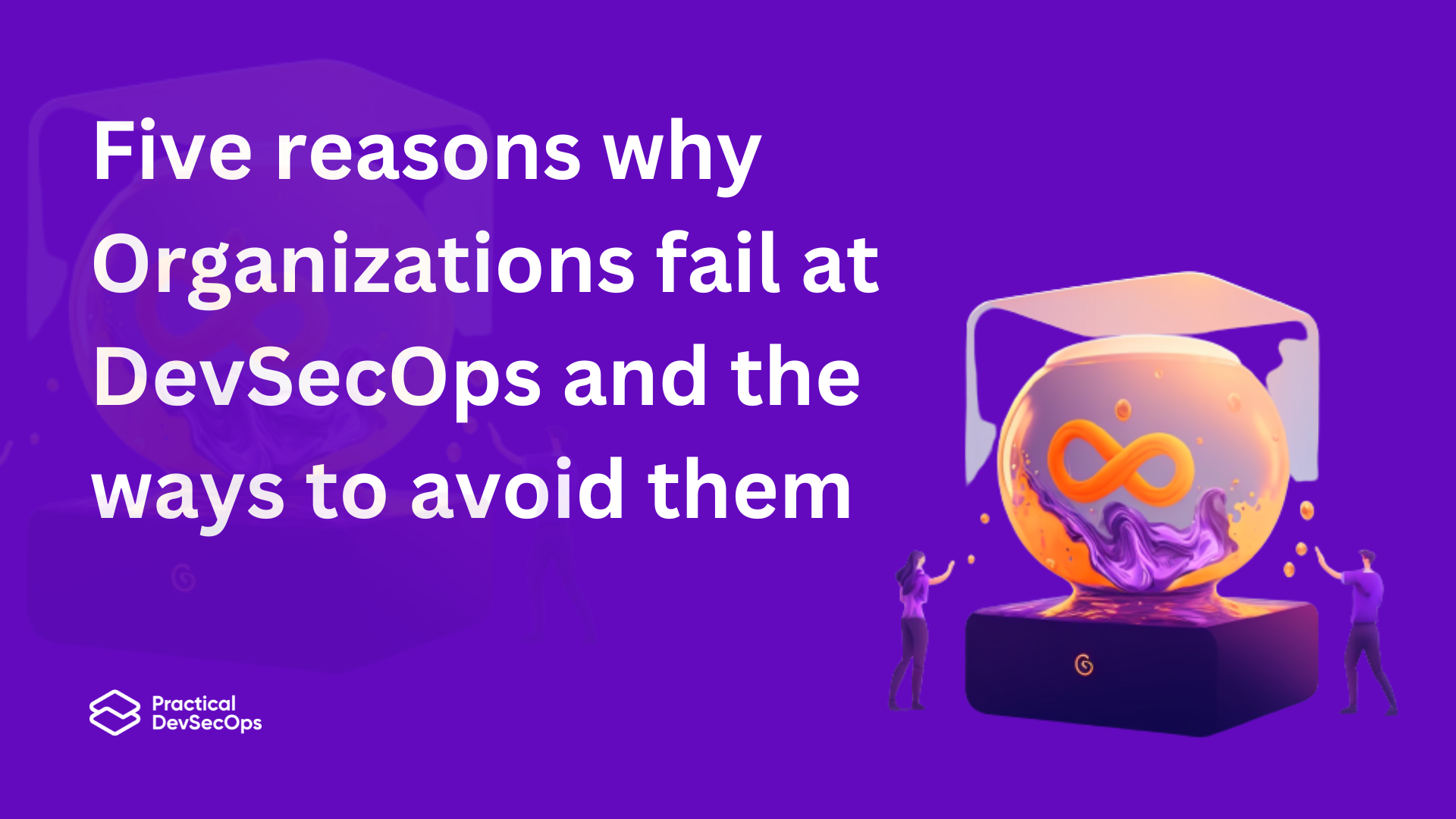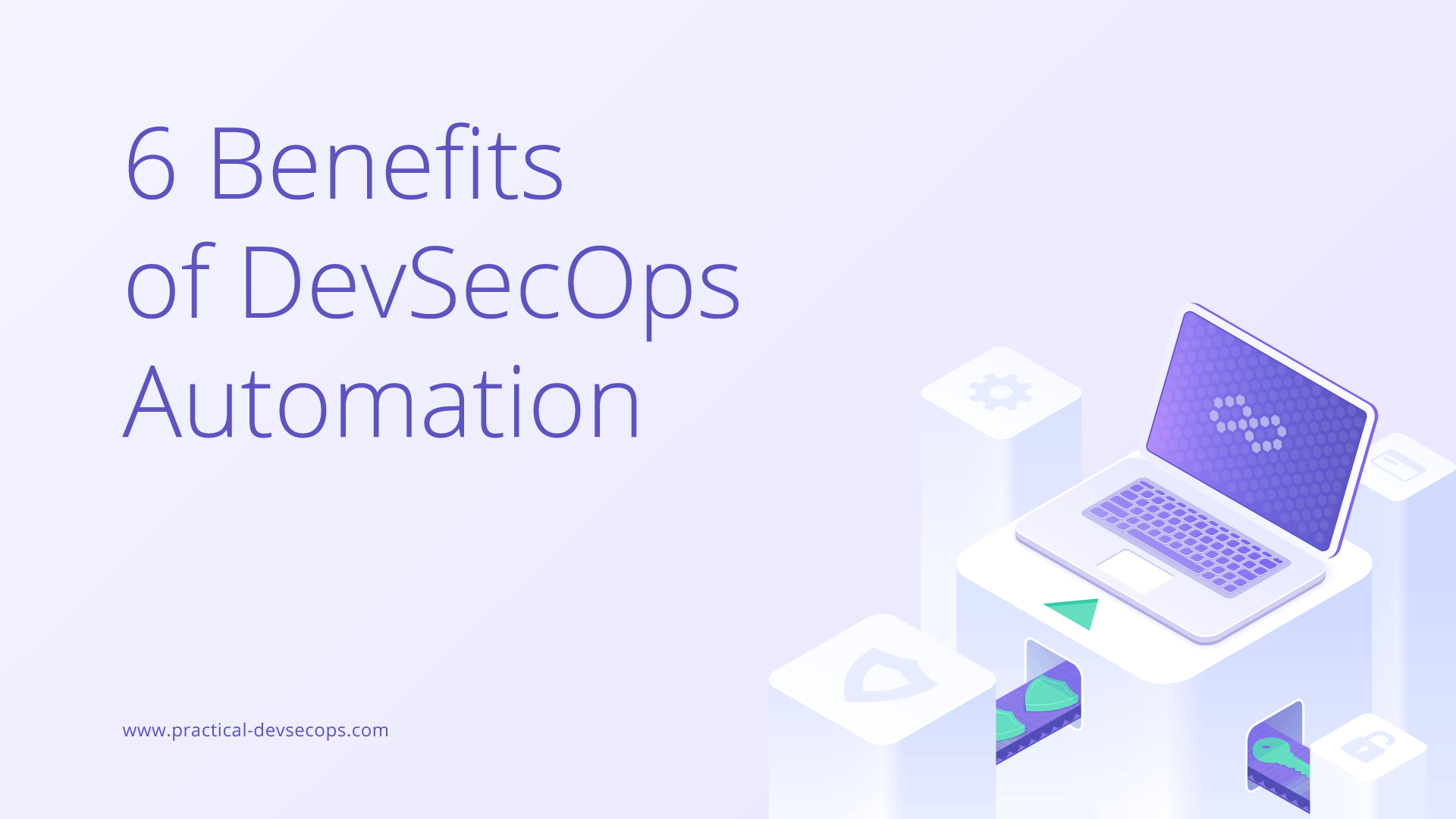As more organizations embrace the DevSecOps model into their business strategy, it is sometimes seen that implementing it and succeeding in it, is a little bit more challenging than initially thought. It is a given that the implementation of any program strategy might be more difficult than the theory of the new strategy itself.To overcome these difficulties, organisation should smooth out new bottlenecks with experience and patience. Here are five reasons why organizations fail at DevSecOps programs and the ways to mitigate them:
Failure to collaborate
Despite the fact that security, development, and operations must work together to achieve DevSecOps goals, this may not always be as easy as it sounds. In many cases, not all employees from all three teams will be open to the transformation and some may even resent it initially. This resistance to change is a natural human tendency and can also apply to the adoption of DevSecOps practices.
Resolve the problem by talking with different teams and giving them enough time to come on board with the transformation. Organizing seminars and talks can aid in adopting DevSecOps concepts into the organization’s culture and business lifecycle.
Knowledge gap
Once the three teams come on board with the DevSecOps transformation, it is quite a possibility that members of the three teams might not have the adequate knowledge to complete the transformation. While the development team might not have enough security knowledge, the security and operations team might not be aware of the software development and infrastructure environments. Therefore, mitigating these problems by providing training and cross-functional exposure to all three teams, reduces such knowledge gap.
Relying more on SAST tools
Many organizations adopting the DevSecOps strategy rely only on SAST tools for their transformation. SAST tools are good but they do create a lot of false positives. Therefore, solve the problem by adopting both SAST and DAST tools, customizing the rulesets, and collaborating with all three teams to incorporate security.
Cloud challenges
Adopting cloud environments is part of an organization’s planning and growth. Having both a public and private cloud increases the complexity of networks and applications in an organization. This produces a greater challenge for the three teams to implement DevSecOps principles seamlessly in the cloud.
In fact, cloud challenges can be solved by understanding them and working through them by collaborating with all three teams and incorporating security into them.
Depending on manual procedures
DevSecOps transformation comes with a lot of automation which might be frustrating to adapt to initially. Organizations might be dependent on manual procedures which will make DevSecOps initiatives fail. Solve the problem by helping teams understand the tools and techniques involved and enabling them to adopt them more naturally.
We have seen some of the reasons why DevSecOps initiatives fail in a business environment. We hope this post will enable you to avoid these pitfalls and enable your business to adopt the DevSecOps approach more successfully.
How the Certified DevSecOps Professional (CDP) Course Solves these Challenges?
The DevSecOps Professional course is our most sought-after DevSecOps Training and Certification program.
In this course, you will learn:
- DevSecOps processes, tools, and techniques.
- Major components in a DevOps Pipeline.
- How to create and maintain DevSecOps pipelines using SCA, SAST, DAST, and Security as Code.
- How to mature an organization’s DevSecOps Program.
This DevSecOps Certification Course is practical in nature with 30+ guided hands-on exercises in our state-of-the-art online labs.
After the training, you will be able to:
- Earn the Certified DevSecOps Professional certification by passing a 12-hour practical exam.
- Prove to employers and peers, the practical understanding of the DevSecOps and Secure SDLC.







0 Comments